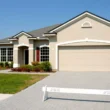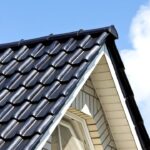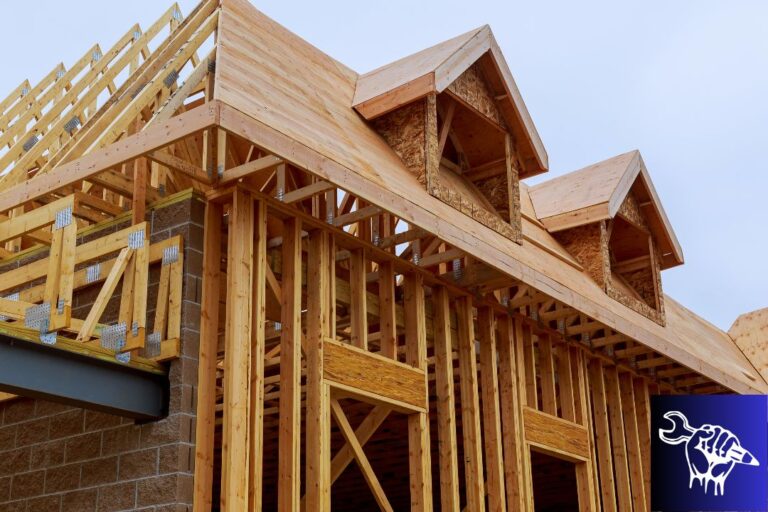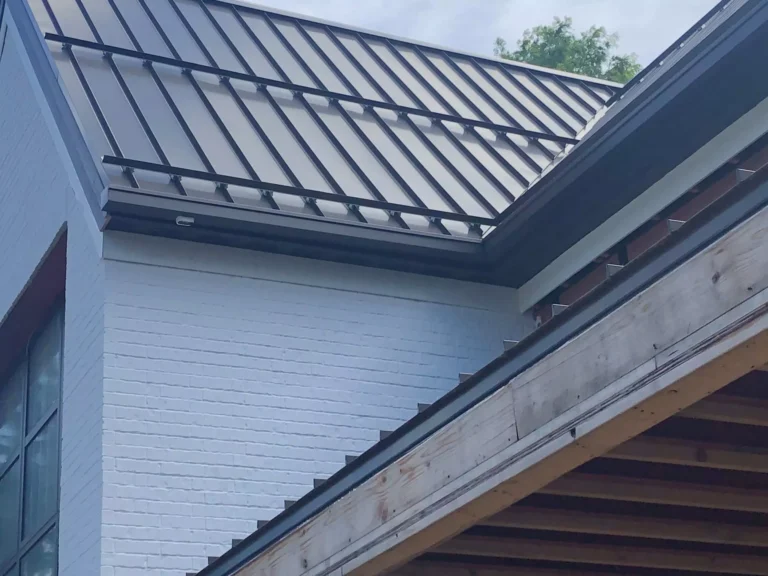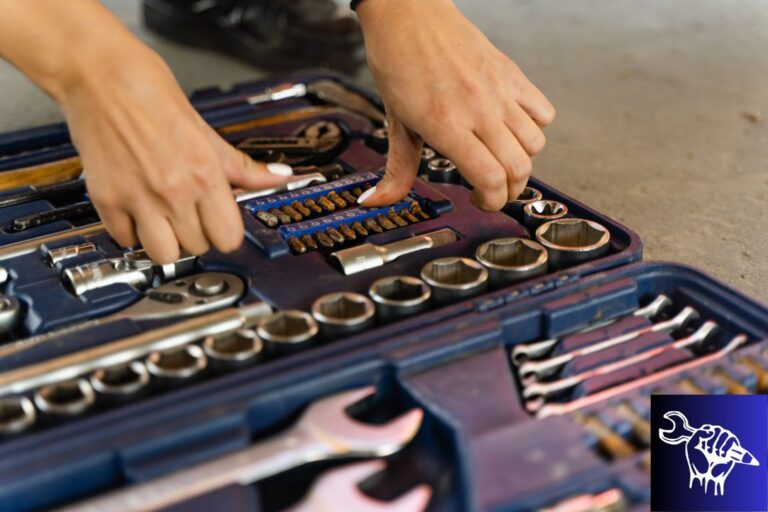Choosing the right method for wall construction is a pivotal decision in the journey of building a home or a structure. The debate between prefabricated and traditional construction has been ongoing, with both methods having their unique advantages and limitations.
In this article, we will delve into the top five considerations that are instrumental in making an informed choice between prefab and traditional construction for walls. From cost implications to environmental impact, we will dissect each factor, providing you with comprehensive insights to align your decision with your needs, preferences, and the demands of your project. Join us as we explore the nuances of these construction methodologies and help you determine which approach is the optimal fit for your building aspirations.
Comparing Prefab and Traditional Building Costs

The cost per square meter varies based on materials used in both prefab and traditional construction. Prefabricated homes offer advantages such as easier cost estimation before land purchase, reducing the need to account for potential material damage. This simplifies mortgage negotiations.
Prefab homes often appreciate faster than traditional ones once established and evaluated by a real estate agent, making construction savings valuable. For those building homes for rent or sale, prefab construction can offer a more cost-effective option and a higher return on investment. Additionally, durable prefab structures can lead to long-term savings on roof repair and maintenance. Prior to initiating a siding replacement project, it’s important to select the appropriate siding material based on your region’s climate and weather conditions.
Comparison of Construction Speed
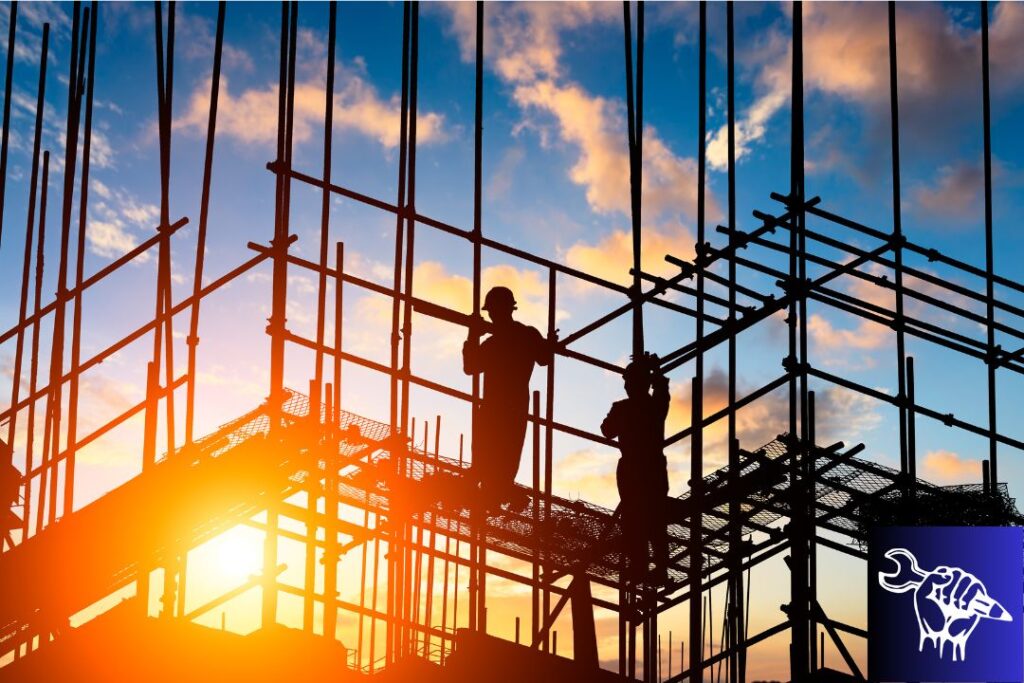
Prefab buildings often exhibit a significantly faster construction pace, outpacing the timelines of conventionally built homes. In the case of traditional construction, materials are sourced from various suppliers across the country, and ensuring timely delivery to the builder can be a complex endeavor with multiple potential points of failure in the transportation process.
In contrast, prefabricated homes are just one among many others produced by the manufacturer. This ensures a readily available and sufficient supply of materials, contributing to on-time project completion. Additionally, adverse weather conditions, which can lead to issues like ice damming in traditionally built homes, are less likely to disrupt prefab construction, as these structures are primarily assembled indoors, providing manufacturers with greater control over construction timelines and minimizing delays.
Exploring the Flexibility of Prefab Construction
One of the fantastic aspects of prefab construction is that it feels a bit like playing with giant building blocks. Imagine being able to disassemble and relocate your home effortlessly to new locations – it’s a bit like a grown-up version of a construction toy set. Not only does this approach save on raw materials, energy consumption, and construction time when compared to traditional home building, but it also offers you an incredible level of creative freedom.
With prefab homes, you have the opportunity to design your dream structure without the constraints that often come with traditional construction methods. Want a unique layout, or perhaps you’re dreaming of an unconventional architectural style? Prefab construction allows you to bring your vision to life with ease. When you partner with Siding Replacement Services, you can not only enjoy the flexibility and efficiency of prefab construction but also elevate the appearance of your home with a variety of stylish siding options. So, not only can you have a flexible and eco-conscious home, but you can also make it look fantastic. It’s a win-win!
Talking Energy Efficiency

When you look at traditional construction, it often involves using extra materials that end up creating more waste. But with prefab homes, even if there are some extra materials, they can be recycled right there in the factory. So, less waste, more green points! Because prefab homes are put together in a factory, everything is super precise. The joints fit perfectly, and there are no sneaky air leaks or drafts. It’s like having a home that’s sealed up tight. That means less energy escapes, and your energy bills can take a dip!
And if you ever decide to give your prefab home a fresh look, you can count on Roof Replacement Services to provide top-notch roofing solutions, enhancing both its energy efficiency and aesthetic appeal. So, if you’re all about saving energy and being eco-conscious, prefab homes are a smart choice. They’re like the energy-efficient superheroes of the housing world!
Quality Check
Here’s the deal – prefab homes have come a long way in recent years. They’ve upped their game and can now stand toe-to-toe with regular old homes. In fact, sometimes, they even outshine the traditional ones. Prefab homes are like the superheroes of quality control. They’re built in a factory, and every piece goes through rigorous checks to make sure it’s top-notch.
Now, traditional homes, on the other hand, are built right on the spot where they’ll live. But here’s the catch – sometimes builders don’t do a great job of keeping the building materials safe from the elements. And that can lead to all sorts of problems. So, when it comes to quality, prefabs are giving the old-school homes a run for their money! Plus, with prefab homes, you won’t have to worry about issues like ice damming, which can be a real headache in traditional construction. When it comes to enhancing your home’s curb appeal, professional siding replacement services play a crucial role.


